Reach Your Residents With a Powerful Mass Notification System
CivicPlus® helps local governments simplify the communication process when mass messaging is required for emergency or routine notifications.
Can You Quickly and Confidently Reach Community Members in an Emergency?
Are you worried that you won’t be able to notify residents and staff when a disaster strikes?
Does your current public notification software lack integration capabilities?
Do your residents have the ability to sign up for the routine notifications they are most interested in receiving?

Is sending targeted communications to your community a challenge?
Can you send alerts and notifications to your residents that they can receive in their preferred language?

Software Overview
CivicPlus’ comprehensive Mass Notification system integrates with your government technology stack for a fast and stress-free process to create, test, and deploy emergency or routine alerts to multiple channels.
Download Software OverviewStreamline Government Communication Processes for Routine and Emergency Alerts
Communicate with residents using our Mass Notification System
Residents can select what they want to be notified about and on which devices.
Learn how to communicate to those most likely impacted by an emergency or event.
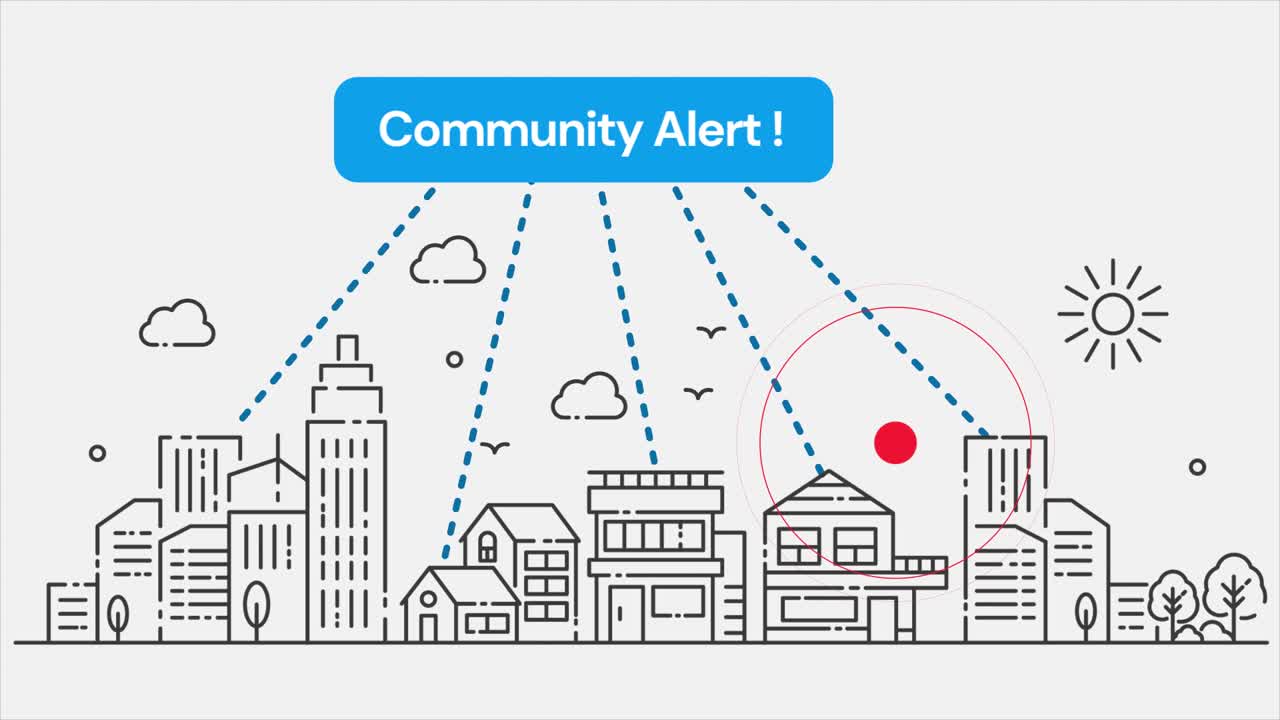
10,000+ Local Governments Inspire Our Solutions
Our scalable solutions fit the needs of all communities, no matter their size or budget. See what customers of our notification system are saying.
Earn Resident Trust as a Reliable Source of Information
As a public safety communicator, you need an easy-to-use, cloud-based, reliable mass messagingsolution to keep residents, staff, and visitors safe and informed in real time with two-way communication for weather emergency and other critical events.
More than 60,000 text notifications can be sent per minute in an emergency
Automatic translation to over 60 languages
Trusted by local governments ranging in population size from 1,000 to 2,000,000
Top Resources for Public Safety Communicators
Frequently Asked Questions
Has CivicReady been rebranded as the CivicPlus Mass Notification system?
Yes, CivicReady is now the CivicPlus Mass Notification system. You will begin seeing this change in our marketing and customer communications and within the software.
What is a mass notification system?
How do emergency notification systems work?
When is a mass notification system required?
Where can I find more information on CivicPlus software training?
Stop Fearing the Consequences of Ineffective Communications
Speak with one of our specialists and start earning resident trust today.



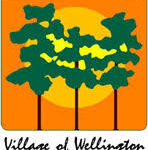


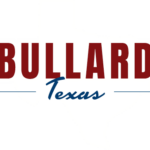
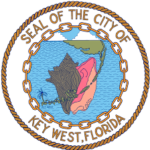
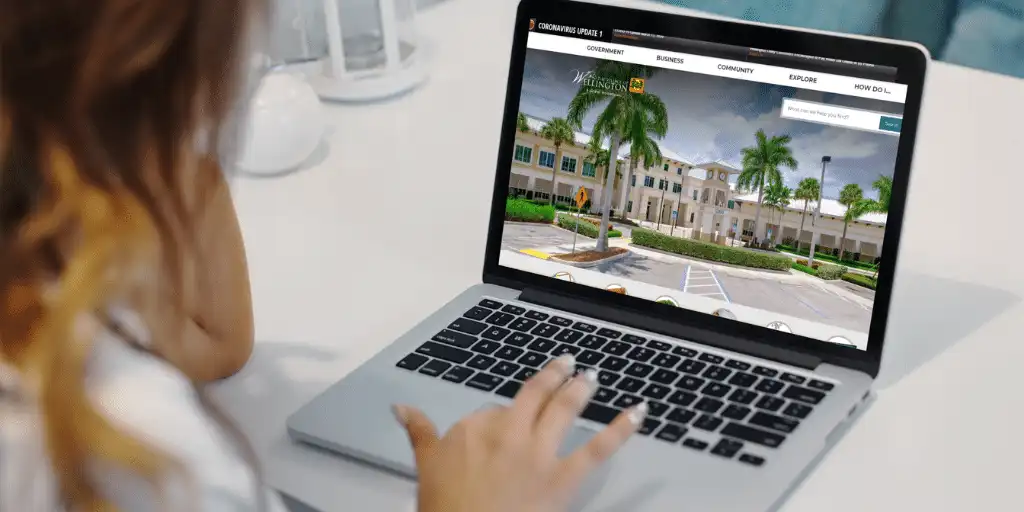
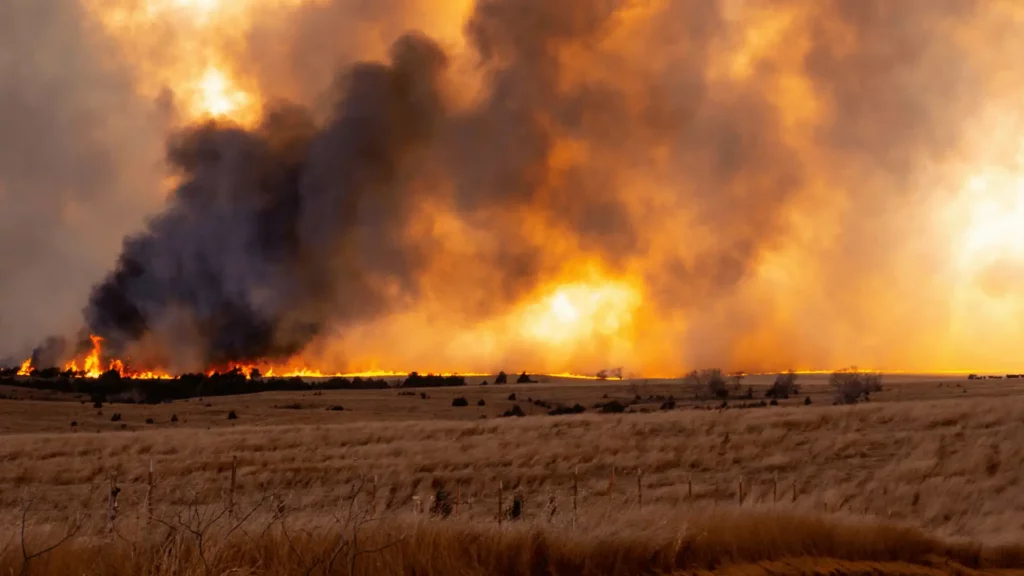

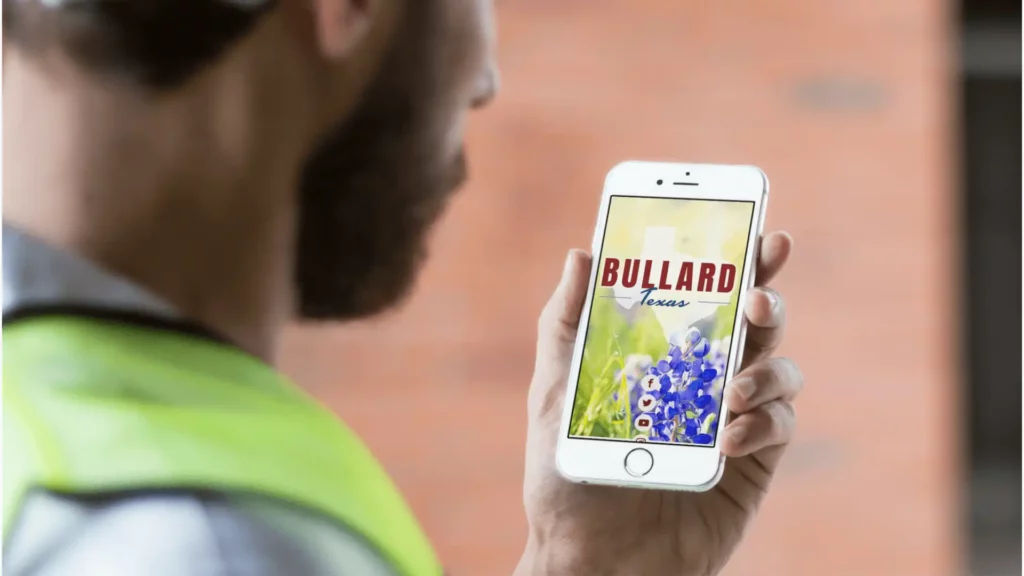

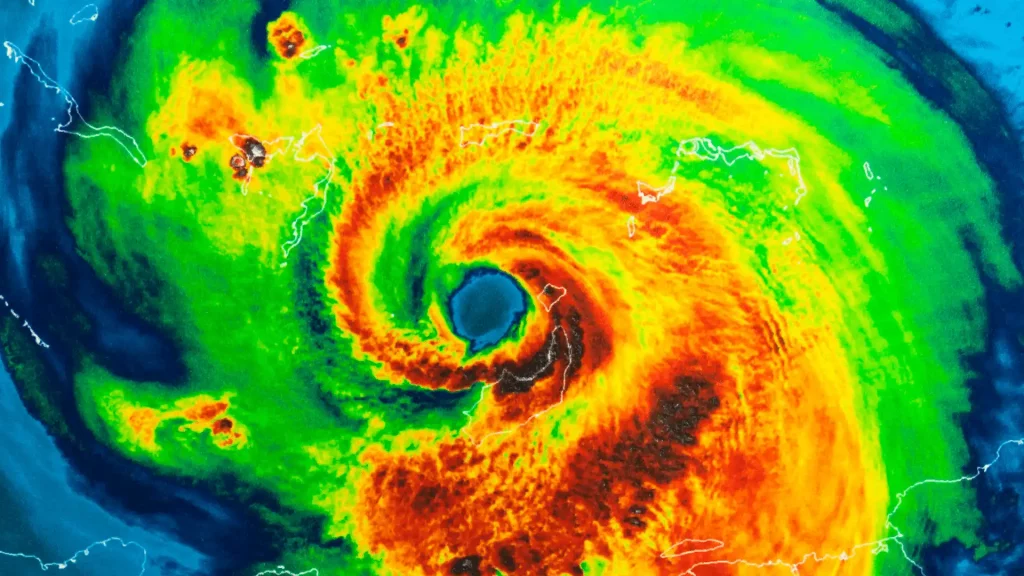
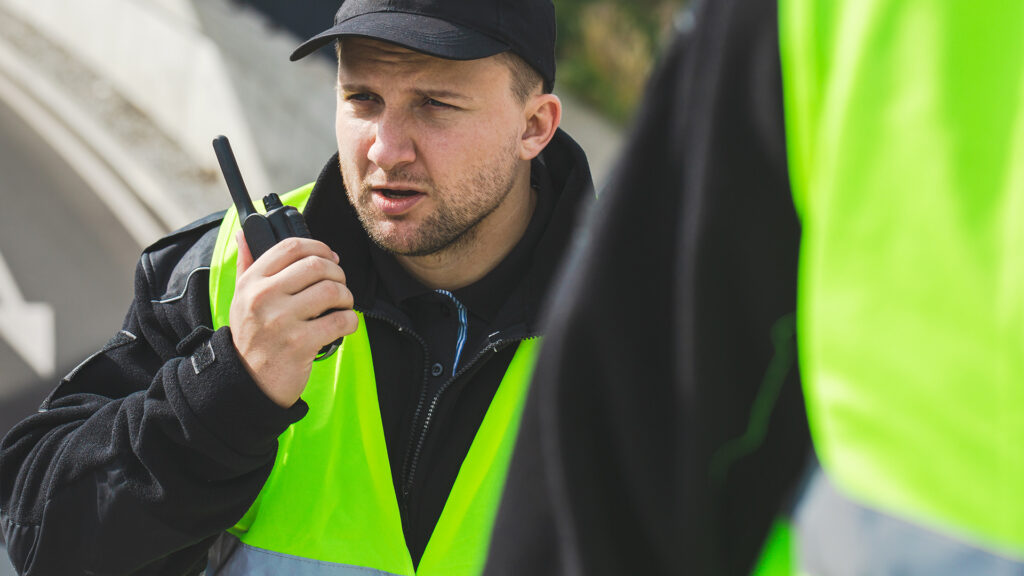
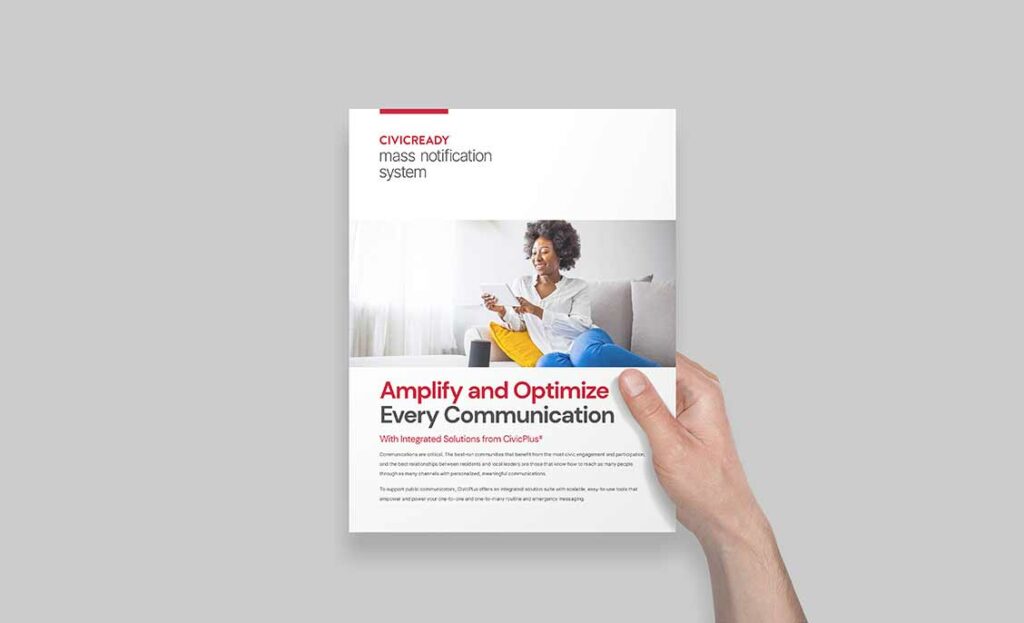
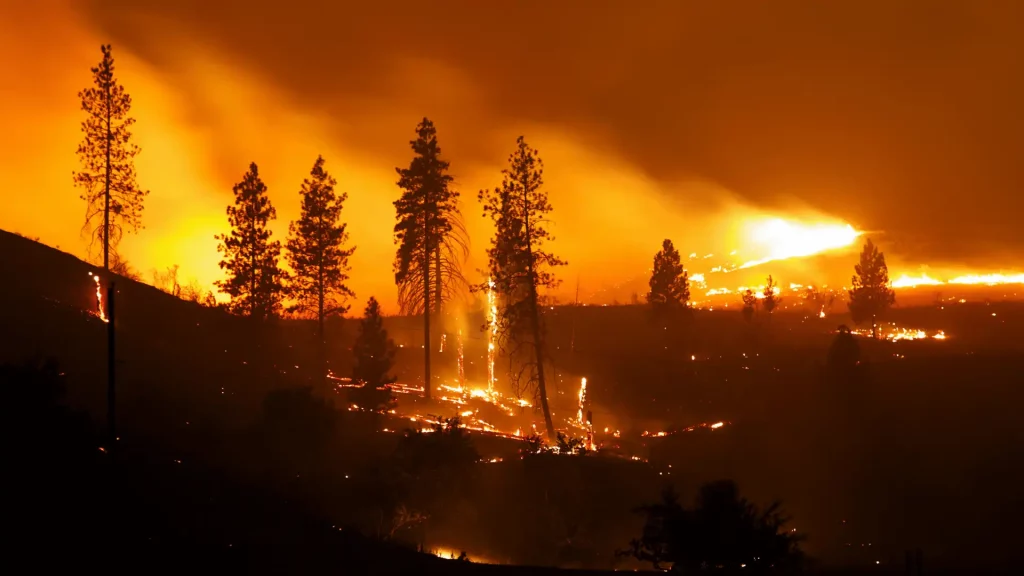






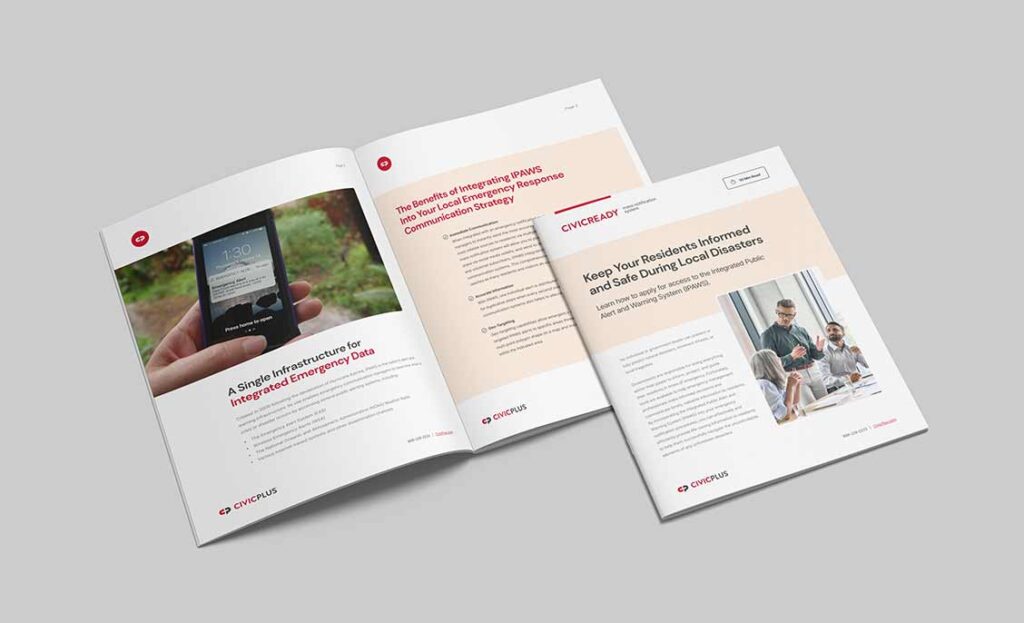

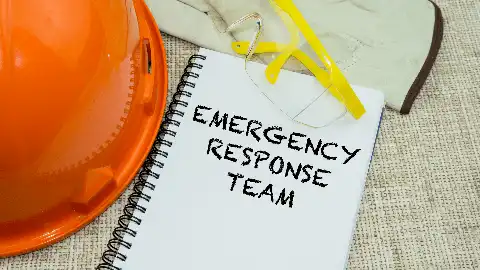


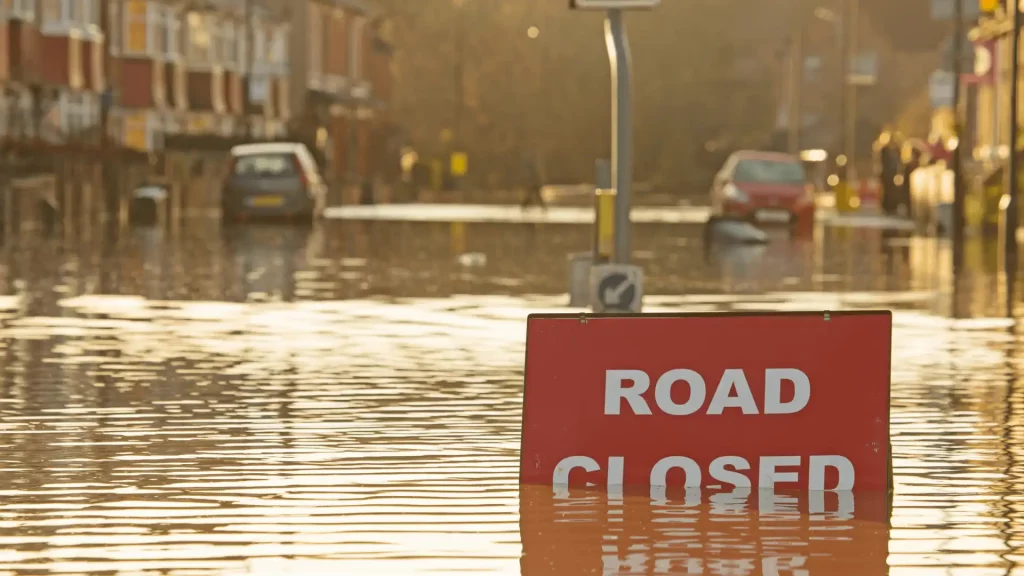
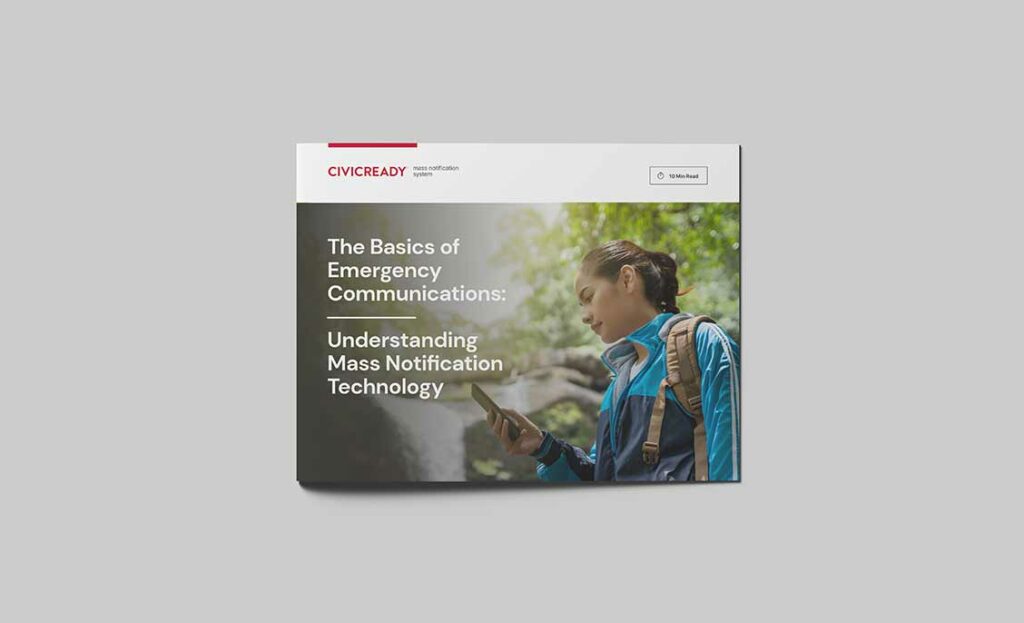
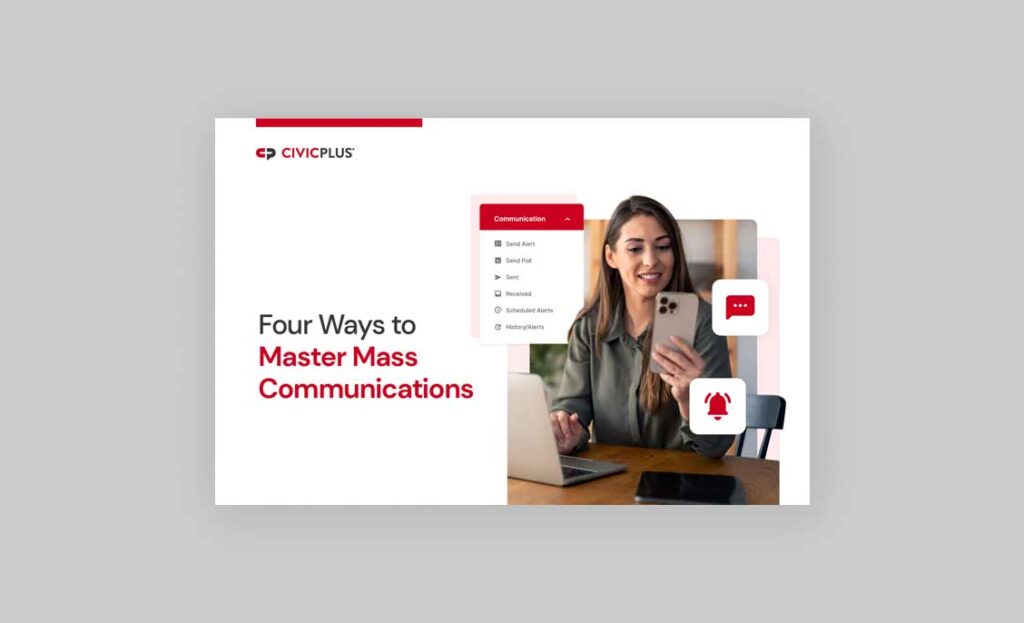
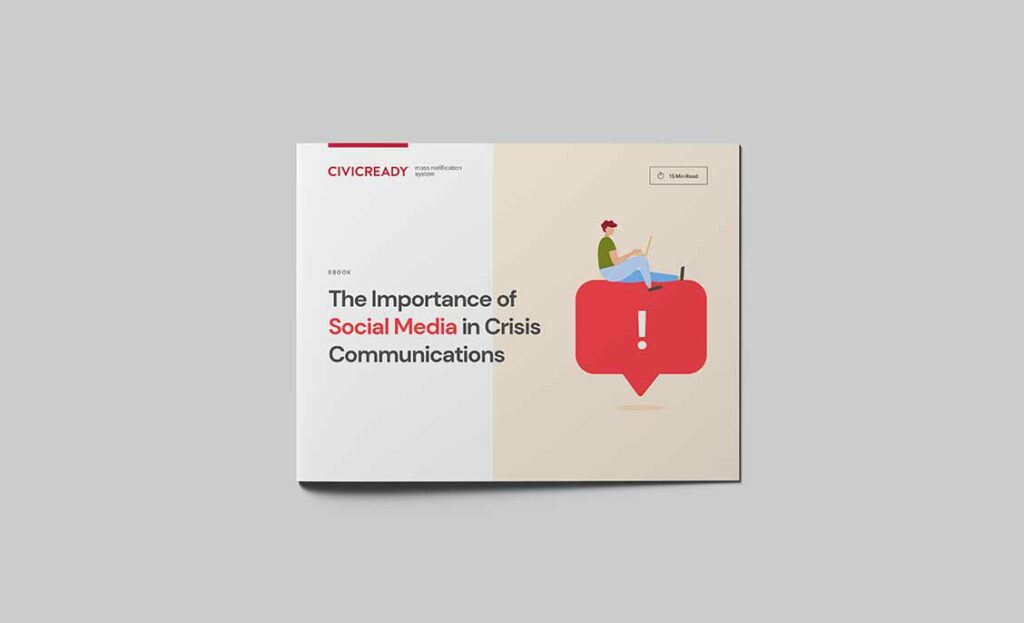

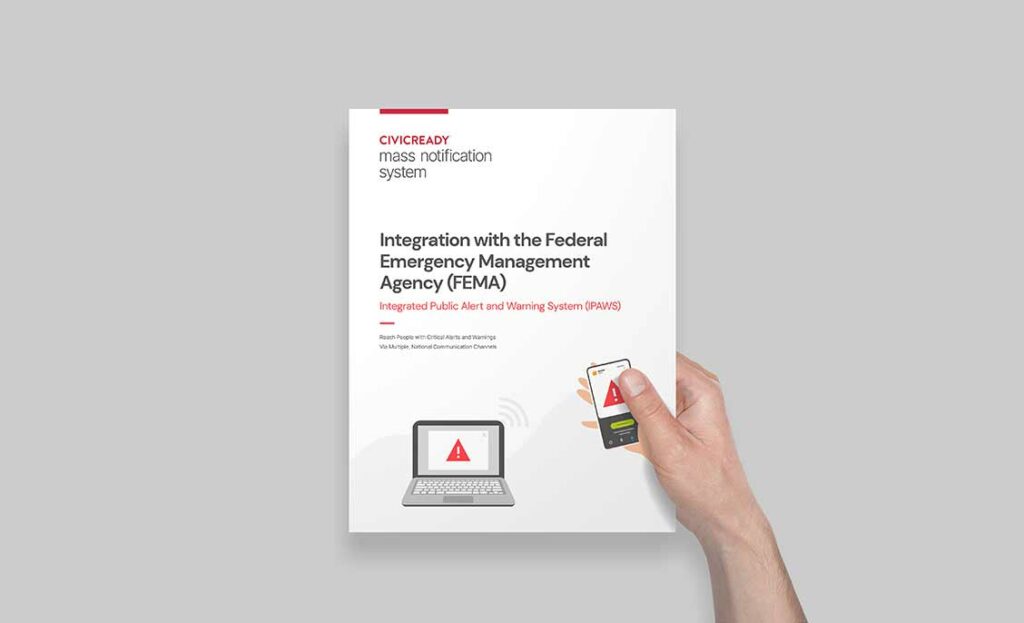
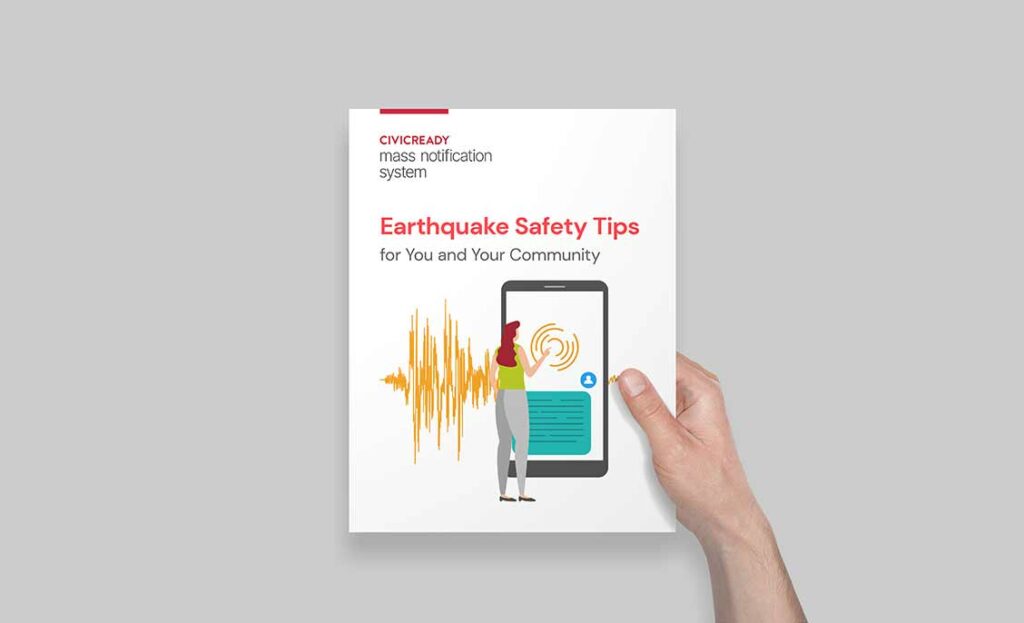
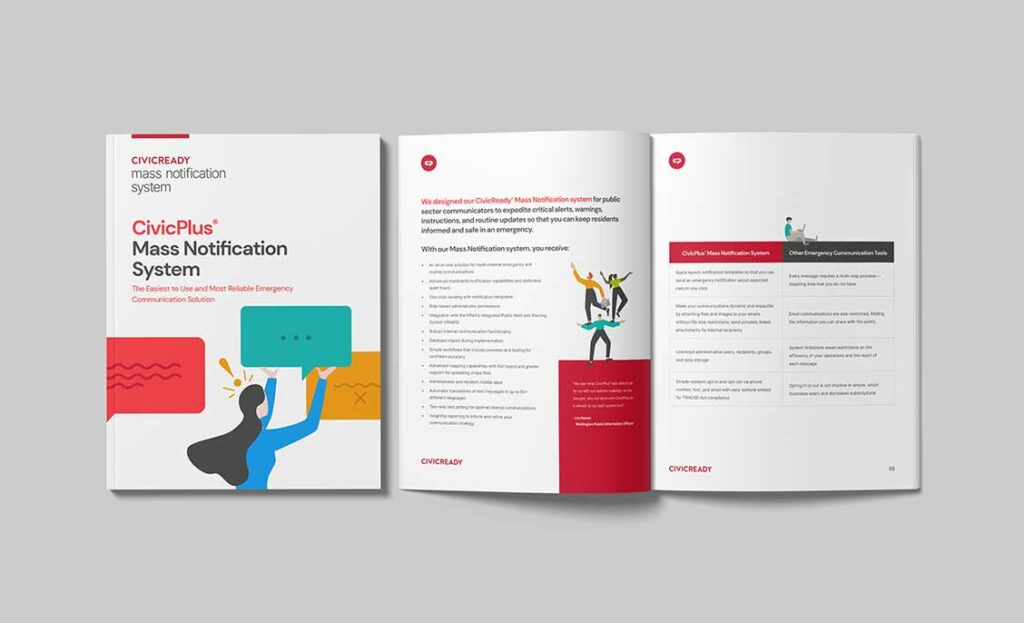
We saw what CivicPlus was able to do for us with our website redesign, so we thought, why not work with CivicPlus on a refresh of our alert system too?